Window Design Inc.com
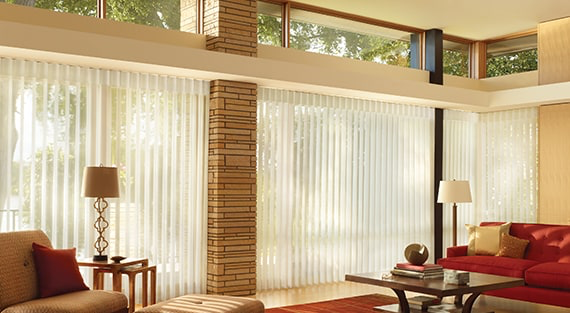
Six Sizes, Four Patterns & 31 Colors Available.
The program is intended as standard sized decorative Side Panels.
Only Single wide 22" panels or Double wide 41" panels,
Set lengths, 84", 90", 96", 105", 108" and 120".
It can work for dressing up your windows, a great way to decorate without too much cost and effort.
The link will give you a STOP box, " Account or Sign In ",
Just hit the " X " to dismiss and then Start Building.
You can also shop around to see Quick Ship Panels and Rods.
This web page also includes,
We would be glad to discuss your project.
We have built a lot of information into this website.
By all means, keep browsing.
We are available when you are.
Throughout this website I've endeavored to make succinct statements in categories of the window covering world.
Draperies in particular are an area of great detail.
I will try to make a palatable attempt at breaking down the complexities of the " Soft goods "
Some general product types to consider
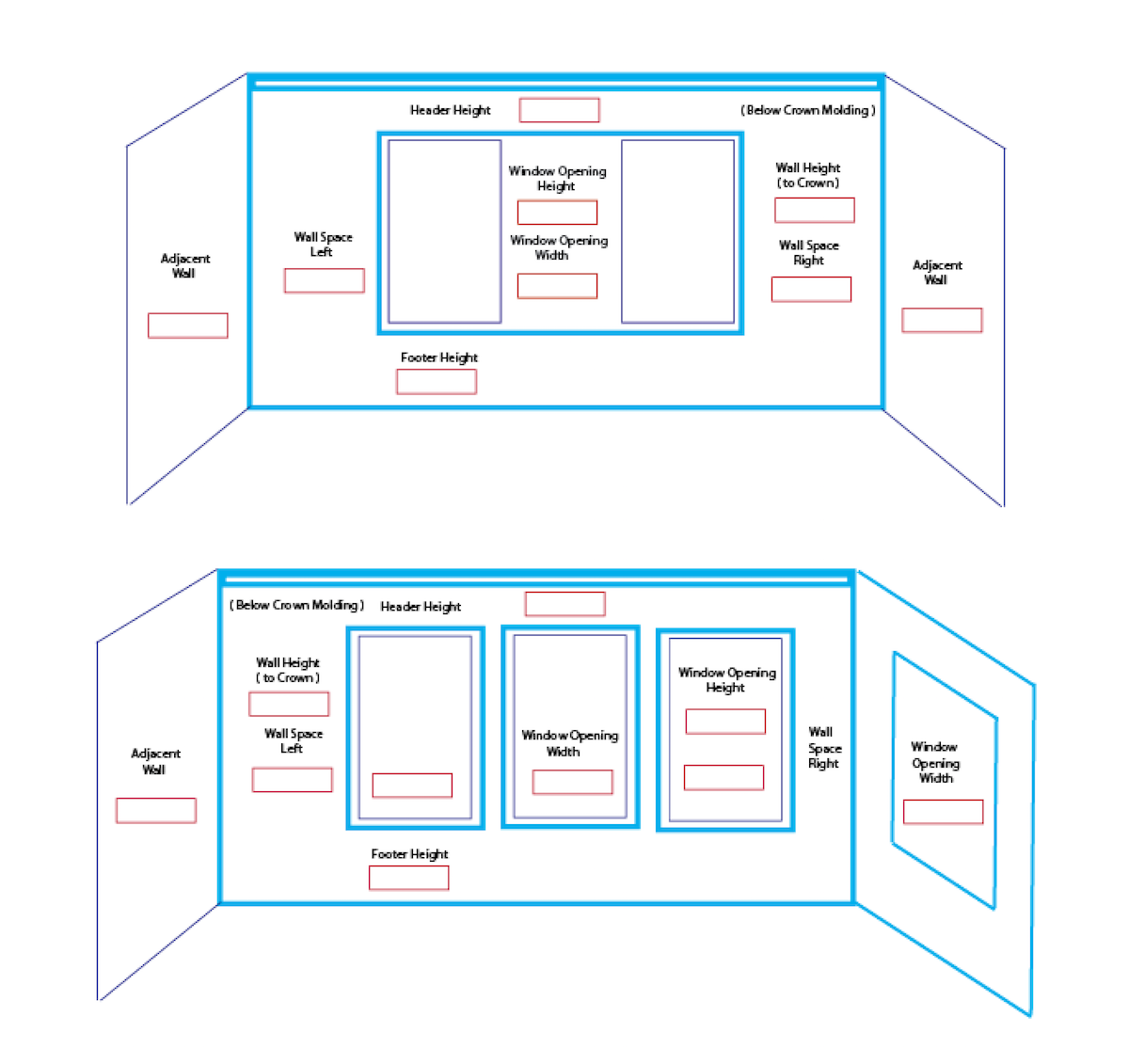
As simple as it sounds, there is a multitude of planning that goes into producing a drapery for your home
We need to take detail measurements and discuss how high and wide the draperies need to be.
The following are some general guidelines,
of course your specific window size needs to be considered.
The width wants to be a little wider than you window,
6" beyond will get you a nice stack back area.
The height of the drapery want to be 3" above your window, 84" is a standard height.
more later, im working on it
This will help in focusing on what type of treatments you are contemplating
The single most difficult of aspect of making a drapery for your home is fabric selection.
There are so many fabrics to choose from.
My main supplier of fabric is Fabricut, They have 34,690 at last count.
So, Let's choose one!
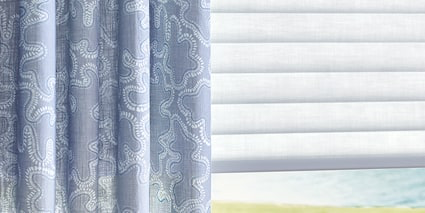
My local drapery workroom has a showroom with a few hundred sample books of nice fabrics,
We could start there.
However, most people are busy and we would need to find the time to go to the showroom.
I have a line or two of sample books that I could bring on a consultation.
Visiting your house is the best way to start planning.
It would give us a chance to see your windows,
discuss how the treatment would work in your space
and look at some fabric ideas.
In most cases the samples, what I have would be inspirational,
but might not be just right.
It's a start in the right direction.
A few years back the next step would be to plan a day trip to Seattle's Design Center and shop the thousands of fabrics.
This is an option, and can be fun and certainley a way to see most of everything first hand.
Another idea is go online.
Ultimatley the " just right " fabric might be refined by using an online tool.
Have you noticed that our computer age is getting better everyday?
Well the world of drapery fabrics has improved digitally as well.
We can go directly onto the Fabricut website, search and select from their 34,690 fabrics.
The 2nd step in this process is to order a Memo.
A small cutting of the actual fabric and the memos are provided free of charge.
They are prety quick about getting the memos out and mailed directly to you.
This link will take you to the Fabicut website,
you can enter almost any keyword and find a related fabric
or search the drilldown menu.
Lightweight, transparent sheers, usually polyester, are available in a wide variety of colors and sometimes prints.
Quite often the fabric width is 118" to 122" wide, 54" is the usual width of drapery fabric.
The greater width of a sheer fabric or casement goods is the ability to railroad the fabric.
Railroading is to turn the fabric using the width as the height, sewing the draperies full height with out involving seams.
In other words unfolding the bolt of fabric down the railroad tracks, taking atvantage of the fabic width as the height of our drapery.
Sheer draperies offer some degree of privacy without fully blocking light,
and are used either alone or as a decorative accent layer of a double drapery treatment.
These lightweight fabrics can be used as Darperies, Curtains or Roman shades adding a delicate style to your decor.
Laces or embroirdery are often used as a bit of styling.
Medium weight/heavy weight linen is very suitable as a drapery fabric.
A classic look, durable and strong with an unmatched elegance.
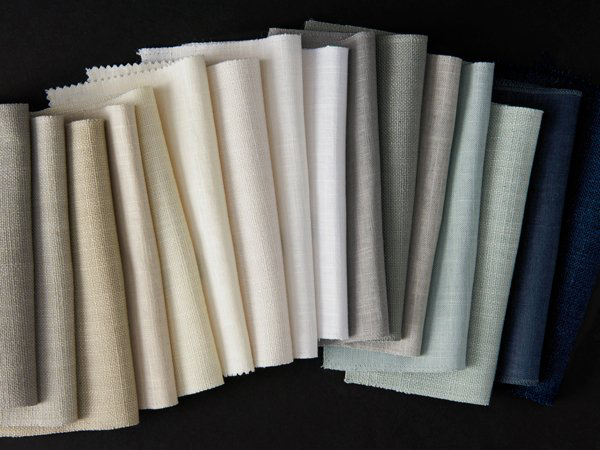 Linen fabric can have wrinkles, the fabric will crush even with the most delicate of handling.
Linen fabric can have wrinkles, the fabric will crush even with the most delicate of handling.
This foible is viewed by most merely as a characteristic, not a flaw.
A linen piece of clothing carries this styling trait, it just remains wrinkled.
Steaming a linen will have somewhat an effect on smoothing this fabric, but will not compleatley absolve its traits.
A linen look is classic and very popular,
We embrace the style and know the lines are part of the topography of the fabric.
A linen blend, you can combine most of the good qualities of linen and lessen the qualities like wrinkling and moisture absorption to a degree.
I found an article that delves into linen, it's characteristic's and production.
It is a fasinating read and a great video on linen production, field to market.
Try this link for info and a fascinating story on linen.
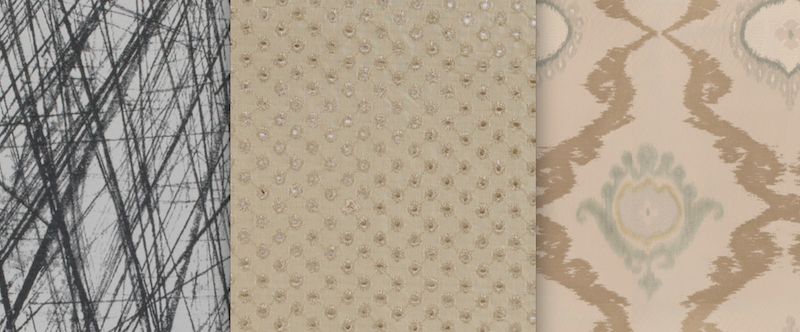
words
words
words
words
words
words
The prodution of draperies will often involve lining material.
Over half of draperies are lined, of course an inlined drapery is perfectly suitible.
It is merely an option determined by design.
There are a few dozen options in lining, weight, content, color, etc.
In a general sense, 3 catogories describe our lining needs.
Premium linings are the perfect finishing touch to custom window treatments, providing a neatly tailored appearance with the benefit of protecting face fabrics from sunlight, moisture, and staining.
Blackout linings are designed to completely block out light, creating an ideal sleep environment, protecting interiors from sun damage, and providing privacy.
Hanes Fabrics offers a variety of interlining products that add body, drape, and a luxurious feel to draperies and top treatments – in addition to thermal and noise insulation.
A sector of our fabric market is dominted by Hanes Fabric company.
It's a great example of foucusing on one segment, and making the best product available.
Hanes, the drapery lining people has this task down pat.
Try this link if you would like find out more about Hanes linings
What type of fabric to select
I should define here what is meant by the term Drapery vs. Curtain.
A drapery is a full length window treatment often extending beyond the window opening,
often filling an entire wall.
A curtain in my mind is often a shorter,
even half height drapery treatment.
A curtain can be refered to as a " Cafe Curtain ",
which is just treating the lower half of window.
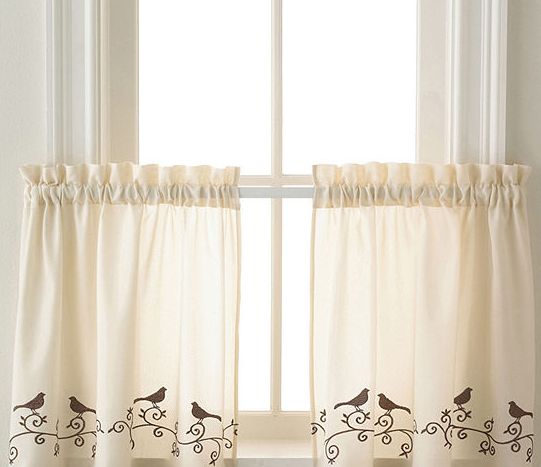
A flat panel treatment could be done, meaning no fullness,
just pinning a single layer across the width of a window.
This would make for a fairly plain treatment, adding fullness to your drapery can give your draperies a much more luxurious touch.
Fullness is achieved by gathering, pleating or managing much more fabric in any given width.
The amount of fullness is usually calculated as double, two and a half times or triple the rod width.
This means the drapery fabric is 2x, 2.5x or 3x the width of the area being covered.
A heavy lined drapery panel may only want to be 2x fullness.
Whereas a lighter weight fabric or sheer might need 3x fullness.
This may only be a consideration when designing the look of your drapery.
Often times there are assumptions made by a workroom, when not specified.
The other factor may be in how much yardage is ordered.
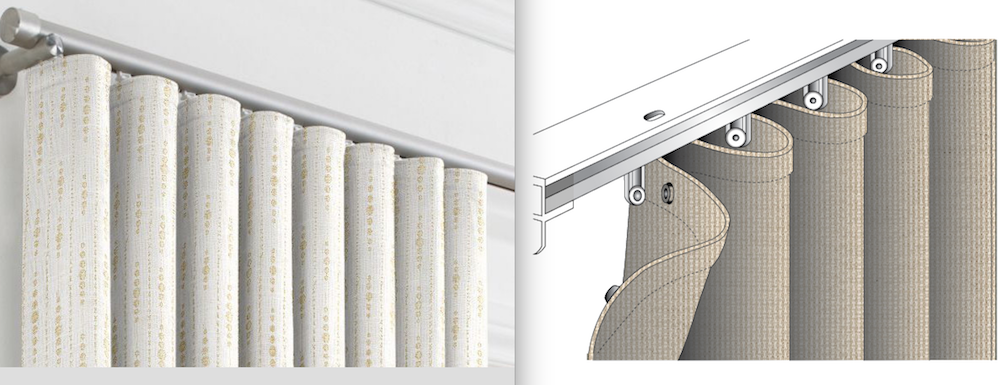
The means of controling fullness is the use of pleats or using a system called " Ripplefold ".
Ripplefold carriers are on a continuous string that limits how far the drapery will spread out.
Carrier strings are calculated by fullness from 60% to 120%.
The calulations between pleated fullness at 2x or 200% are stated diferently for ripplefold string,
the equivalent 2x fullness is 100%
80% a little less, 120% a little more.

The construction or style of pleat can change the fullness caculation.
A 2 finger pleat gathers less fabric than a 3 finger pleat.
The selection of a pleat style can help determine the stack size and amount fabric to be used.
I had a recent installation of a large glass door that we needed to clear the stack the drapery to an adjacent wall.
The track was 172" wide, which curved to the adjacent wall of only 25" wide.
This 25" area had to accomidate the full stack of the drapery.
The 2 finger pleat was the mathematical answer to our space requirements,
and achieving 200% fullness.
Inverted pleats make for a clean look,
a goblets or cartridge can be a grand looking pleat,
but success depends a stiffness of the fabric, a soft fabric would flop over in disapointment.
The are more pleat styles, mushroom, top or bottom tack, pencil, grommets, tabs and rod pockets.
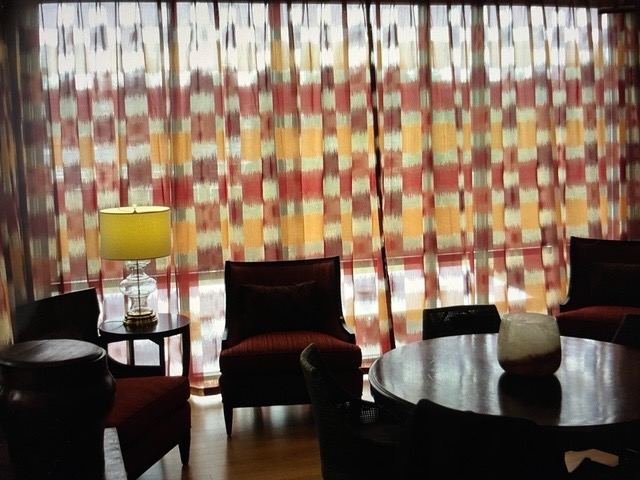
The amount of yardage needs to be calulated to arrive at the cost to produce a drapery.
A few factors goes into the calculation.
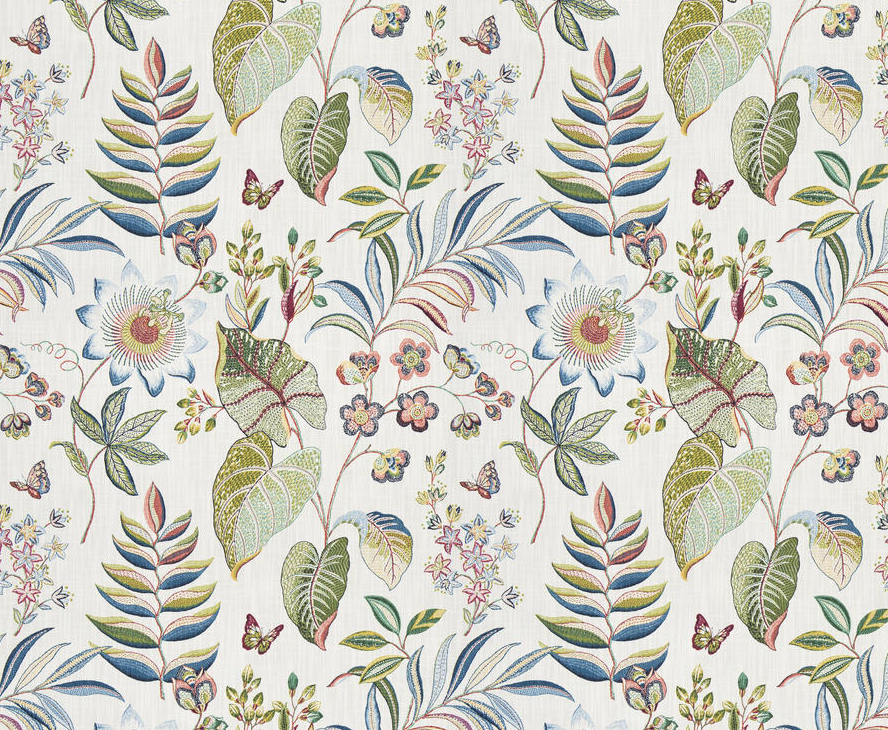
Drapery hardware has 100's of choices, Dozens of manfacturers and many fancy designs.
I can break it down to four groups.
In what manner should your windows be decorated
If you have a question or a special idea in mind,
Reach out to us,
We're here to help
The best form of contact is to send an email message.
Thanks, Terry